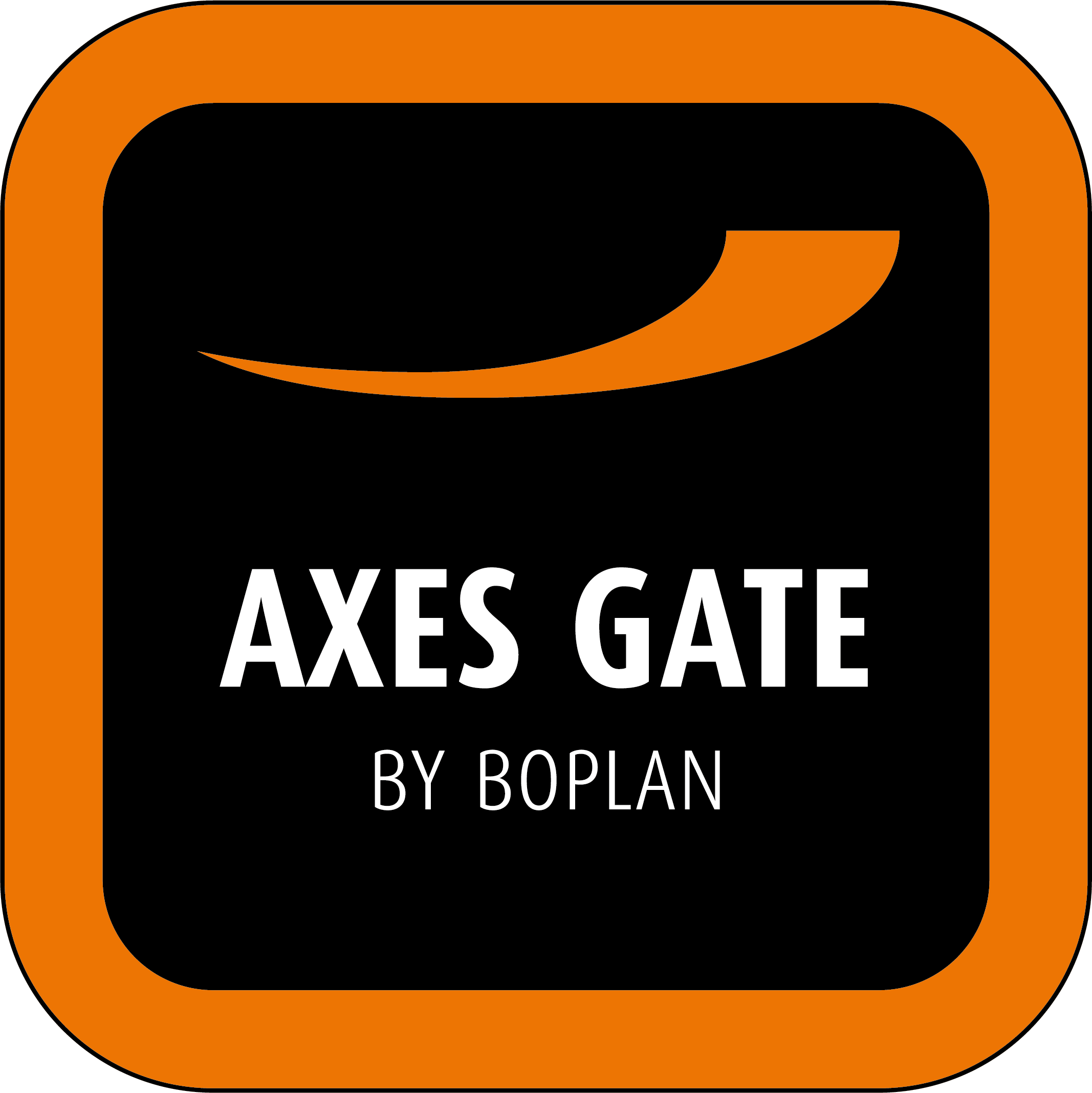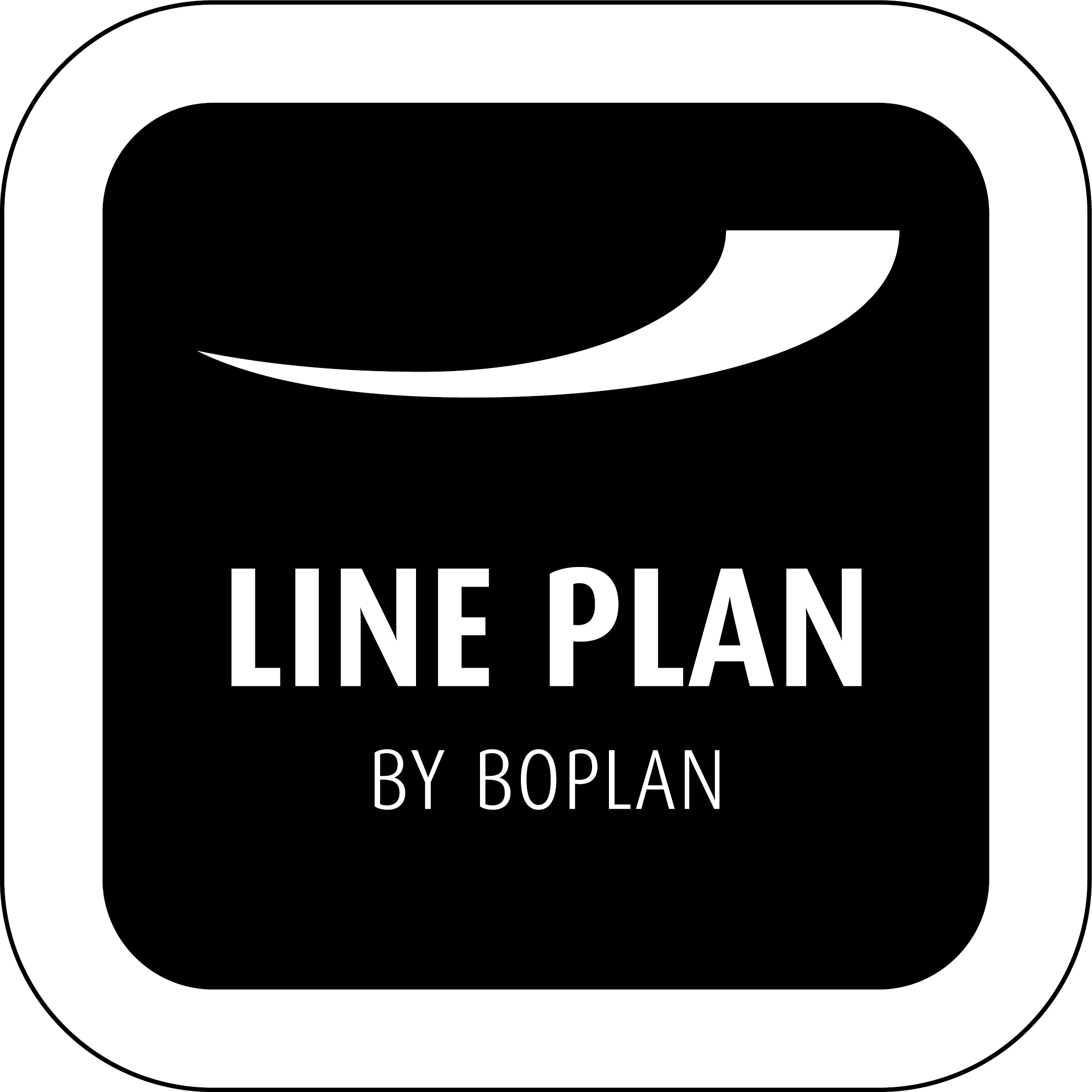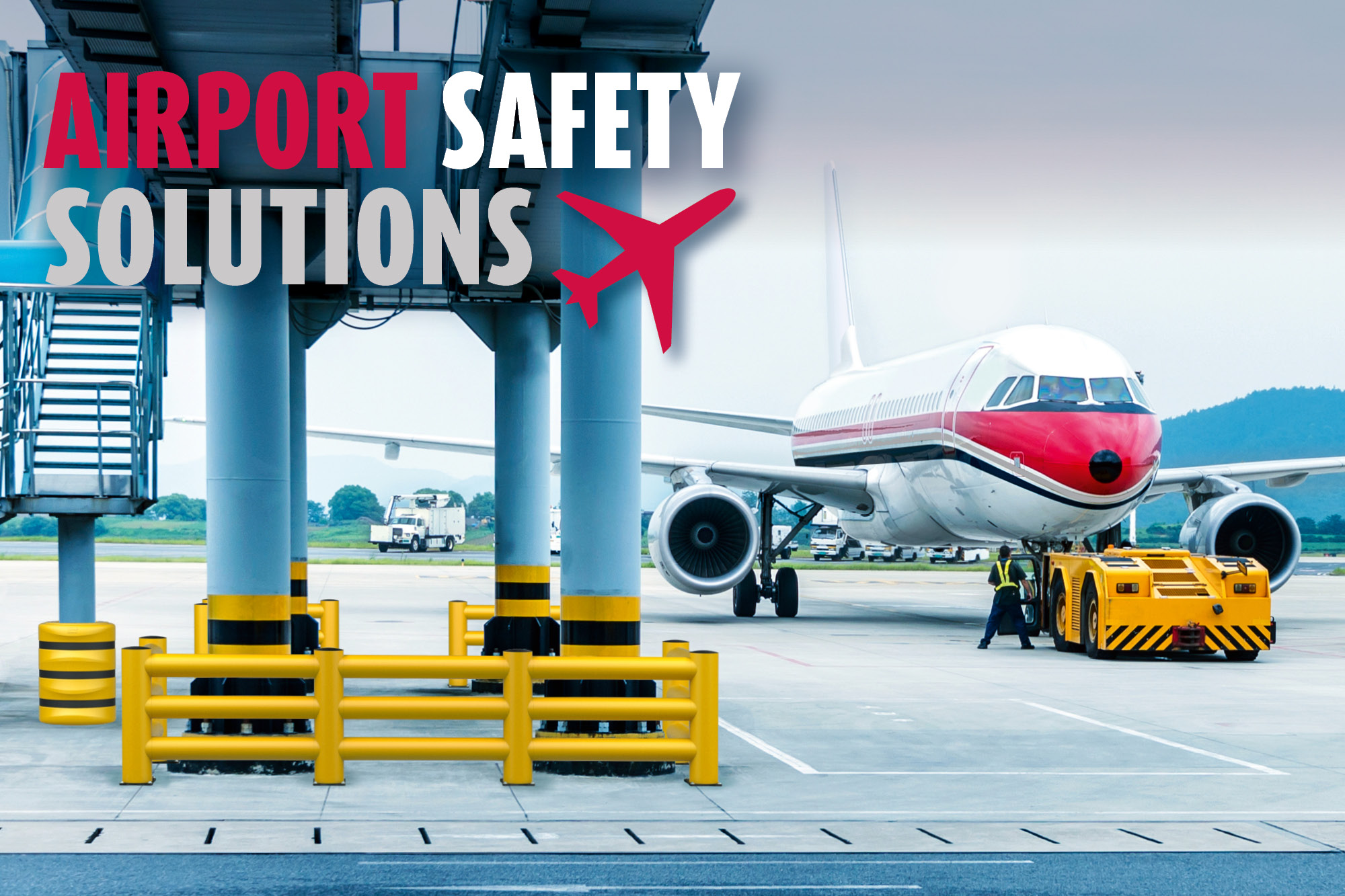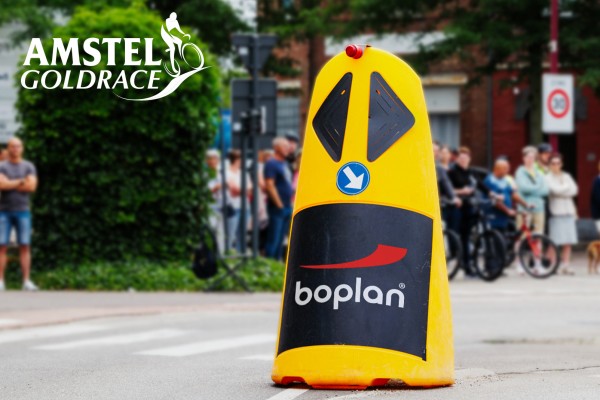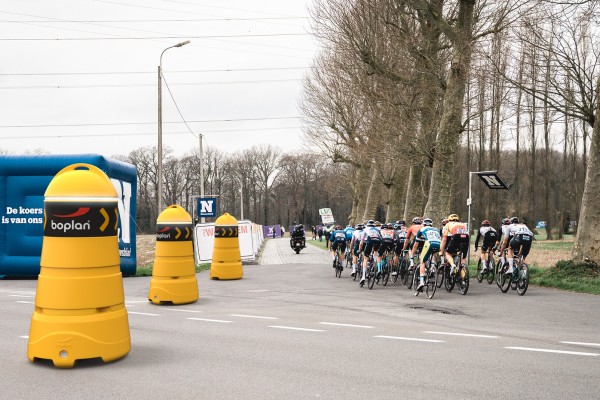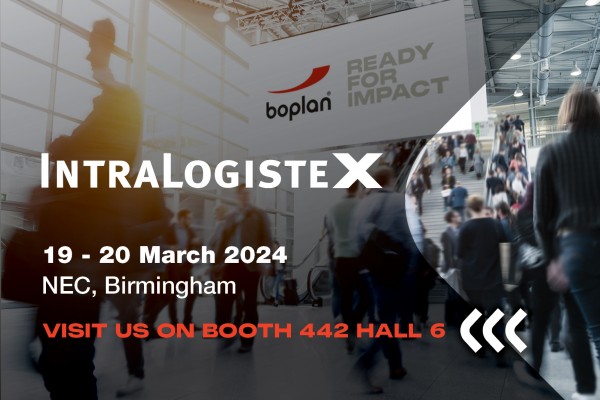Safety systems at airports
8 October 2019 airport Safety Barriers safetyAirports make intensive use of collision protection, and of course they have every reason to do so! There are an enormous number of things that can go wrong at an airport - with potentially dramatic consequences for travellers or employees, and that´s why nothing is left to chance. We review here the most important types of collision protection and how they can be deployed specifically in airports.
There are four classic places where collision protection assures maximum safety:
- the tarmac, out where the runways are located,
- the baggage handling, where all baggage is processed via conveyor belts,
- the terminals, through which the travellers flow on their way to the gates for their flights,
- the car park, where travellers leave their cars.
The first three places are all closely interrelated. If irregularities occur in any one of these places, the others will also experience difficulties as a result. Even the slightest incidents can cause a significant amount of bother. These are places where you as an organisation do not want to take any risks.
Collision protection to prevent accidents at airports
TB Super Double and Triple
The TB Super Double and Triple are real powerhouses amongst the Traffic Barriers. The TB Super Double is composed of two horizontal beams made of plastic, reinforced with a strong mid post. The TB Super Triple has no fewer than three horizontal beams. This assures protection against impact by heavier vehicles. Contrary to what you might suppose in light of this robust construction, the TB Super Double and Triple are easy to install and they can also be used modularly.
This means that you can use this type of collision protection in virtually every zone within an airport in order to maximise safety. Besides the airliners, there are also many other vehicles out there on the tarmac, a classic example being the baggage trains pulling a whole row of carts. Forklift trucks are also occasionally used for activities or the transport of goods. In order to prevent such vehicles from causing damage to walls, partitions or installations, you position the TB Super Double or Triple at vulnerable points.
Large numbers of baggage carts are encountered in the zone where the baggage handling is done. The handlers are busy loading and unloading bags under extreme time pressure, a virtual recipe for accidents that will damage the building or installations with conveyor belts. By installing a TB Super Double in places where these vehicles come close to such installations, you can avoid huge repair costs, but above all: save travellers from a nightmare where the transport of their bags to their holiday destination is delayed!
Visitors feel a good deal of pressure to check in long in advance, something that has become quite a challenge ever since the augmented security measures were introduced. Minor accidents in the car park can thus easily occur. For travellers, nothing is more irritating than having to report car damage to their insurance company when they were already in a hurry! You can avoid all that drama with the TB Super Double. Although it is a strong structure, the equipment is largely composed of plastic, so you not only protect the infrastructure, but also limit the chances of serious damage to the car.
TB 400 Double and Plus
The TB 400 Double and TB 400 Double Plus are the somewhat lighter variants of the TB Super models. In zones where at most light forklift trucks are used, it suffices to install this type of collision protection. For even lighter types of vehicles such as pallet jacks, the TB 400 Plus is an excellent alternative. It can, for example, be effectively deployed in terminals, where you want to avoid a collision from occurring with the expensive moving walkways!
Protective bollards: visual and physical protection
Sometimes it suffices to mark out a particular zone with protective bollards. This can involve a purely visual delimitation, but equally e.g. protecting walls or passages against collisions. A specific example of this is the installation of a bollard near the corners of a passageway. This forces vehicles to keep within the available space. If someone makes a mistake while driving, the bollards will absorb the impact.
Boplan earlier caused quite a sensation with its intelligent protective bollard. This small pole not only affords protection, it also enables you to monitor collisions and keep an eye on the condition of the protective bollards. As a result, you get a good picture of which zones are most sensitive for collisions.
You can apply this type of collision protection in every zone of an airport: from the car park to the tarmac. It can prove its usefulness everywhere.
Protecting towers and pillars
In extensive complexes such as airports, pillars constitute a large part of the infrastructure. They are vitally important for supporting the structure, so it goes without saying that you want to protect them adequately!
Each building has its own type of pillar: from wide and round to rectangular and narrower. Boplan offers the right collision protection for every type of pillar. For example, with the KP Protector you can perfectly protect round supporting pillars or columns with an I-beam. Not only does it offer extremely impact-resistant protection, these protection products also look beautiful. No wonder it helped us win the iF Design Award.
You find pillars in virtually each covered section of the airport, but you can also use them on open spaces, such as the car park. In particular this collision protection can also be easily installed around lampposts. Just like the other collision protection products, the KP Protector offers a double protection. Firstly, they absorb the impact of a collision, but secondly their striking yellow colour also helps to alert drivers and prevent collisions altogether.
For pillars of unusual dimensions you can call on the KP Universal. Thanks to its modular fence-like structure, this type of collision protection can be easily fit around every type of pillar or (broadcasting) tower.
Check your corners
Passageways where transpallets or cleaning trucks go through on a daily basis are vulnerable to being damaged at their corners. Along with deploying protective bollards along the sides of the passageway, you can also install corner protection.
Above all in the baggage area, corners damaged due to collisions are a frequent problem. Employees are under unremitting time pressure, which makes the likelihood of such accidents that much higher.
Protect whole walls and partitions
Protecting meters-long walls and partitions against collisions is an easy intervention by installing safety boards. For example, the Hexa is composed of an impact-resistant board that absorbs impacts low to the ground. Besides protecting against wall damage, this board can also be used as a physical boundary between stacked goods, or as a wheel guide or stopper.
New in our protective boards line is the FLIP. This is a polymer safety board whose connecting pieces enable you to efficiently demarcate an area.
Safety boards can be used in virtually every zone of an airport, from baggage processing to the car park. In the car park you can combine this with the WS Wheel Stop. With this rubber wheel stopper you prevent vehicles from going over the edge of a parking space and touching another vehicle or a wall.
Draw the line and create safe zones
Ground markings can also increase safety in the sense that they are visual indicators that draw attention to points of attention or high-risk zones. Only in combination with physical protection can ground markings assure a safe environment, so don´t rely on ground markings alone, unless they are applied in a zone that is otherwise risk-free. In our Line Plan range you will find ground markings with various motifs and colours. For example, ground markings could perfectly well be used as a line plan in terminals, in order to lead travellers to the right gate, or to mark out a zone where a waiting line for the gate can form.
Why plastic collision protection is ideal for airports
Plastic collision protection stands up to all weather conditions, and can be applied in very cold (such as refrigeration systems) or hot zones. So you can install every type both indoors and out. Unlike steel collision protection, the polymer of which our products are made is not subject to oxidation.
Moreover, plastic has the unique advantage of bending on impact. Not only do you hereby limit the risk of collisions, the chance of damaging the vehicle that comes into contact with it will be limited or even non-existent (depending on the force of the impact). Afterwards the collision protection reassumes its original form, so it doesn´t even have to be replaced.
In this way you assure a safe airport, and you give travellers an extra feeling of safety!
Are you an airport manager or prevention advisor, and do you wish to maximise safety for travellers and personnel? Then contact one of our experts: they already have a great deal of experience with collision protection in airports (e.g. at Liège Airport), and can point out to you exactly where collision protection may be useful.



